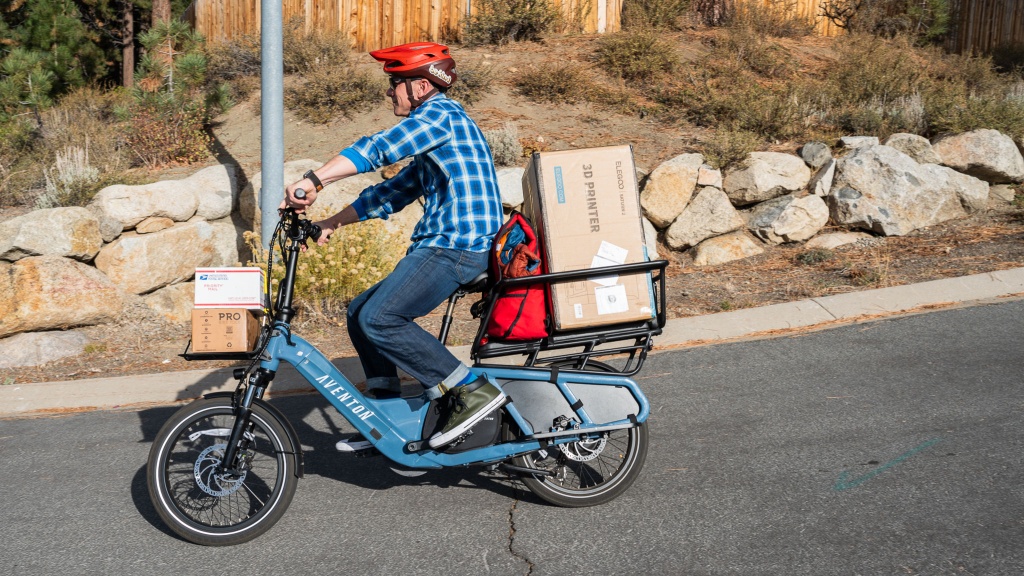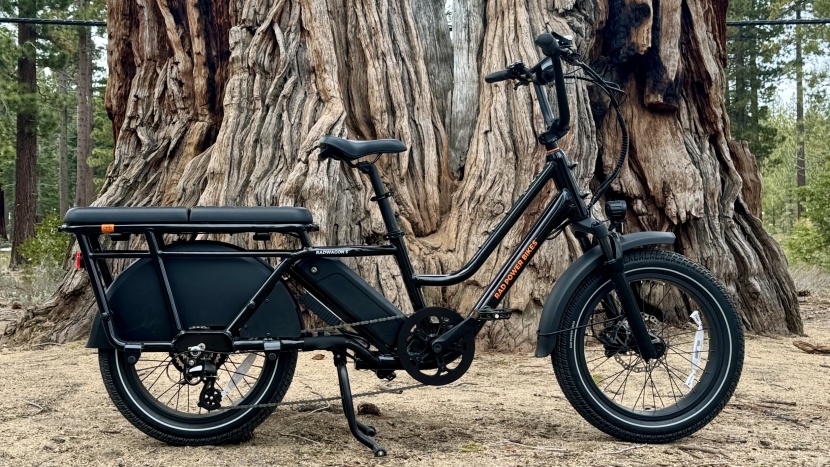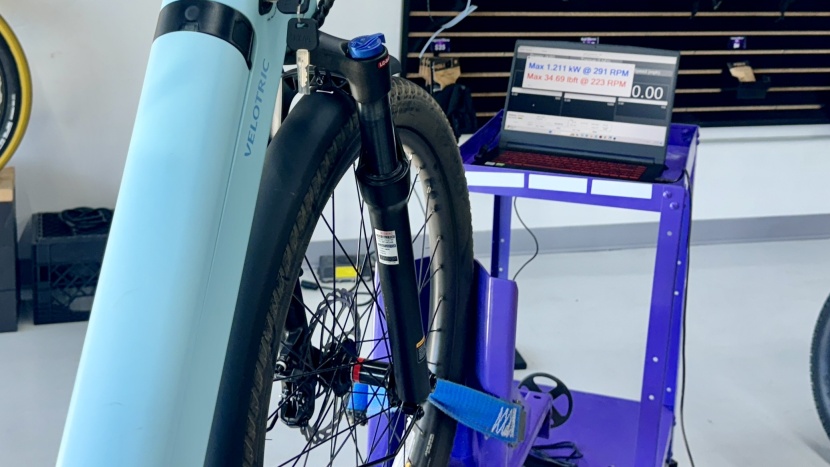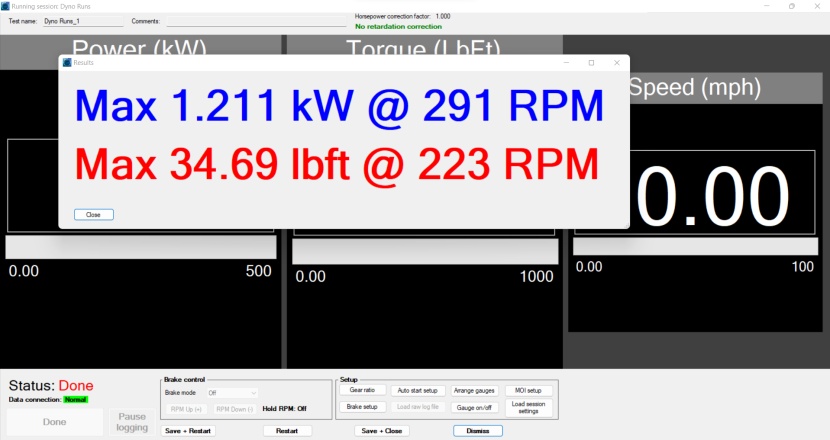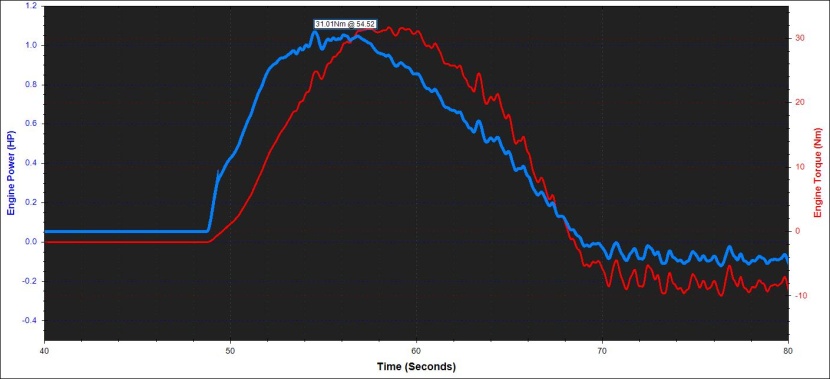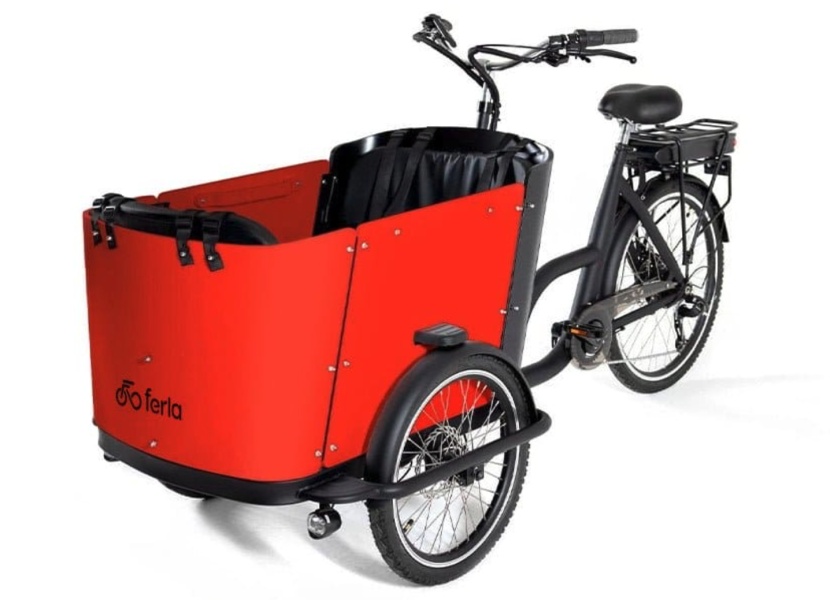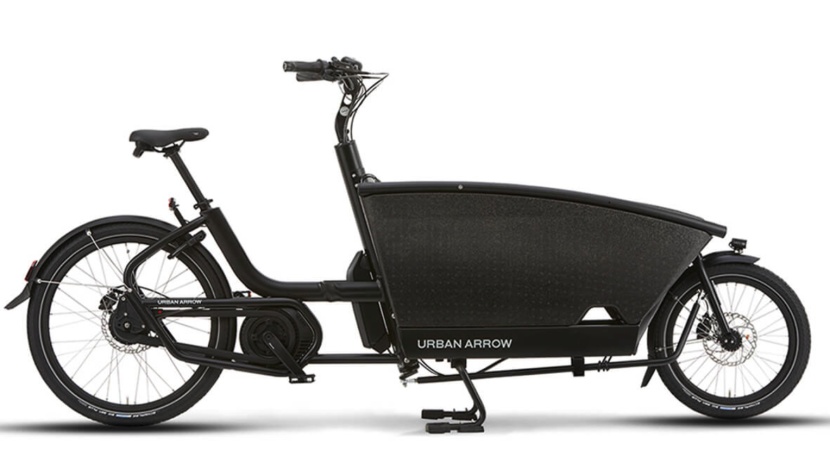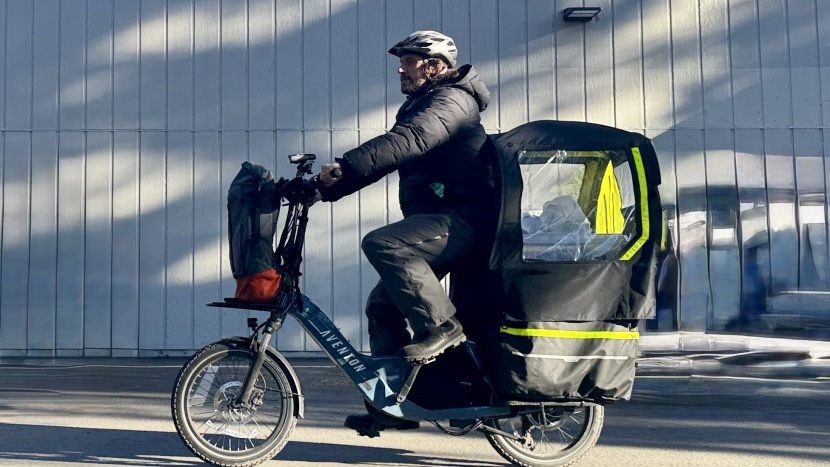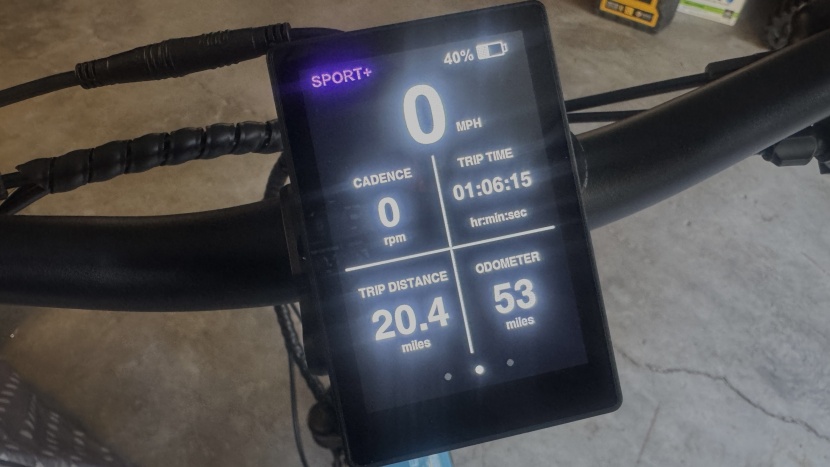We purchase each model, perform any necessary assembly, and then initiate a weeks-long testing period for each bike. Each bike gets at least 90 miles of riding, and the bikes we like get significantly more. We use them as our commuter bikes for real-world testing and perform a series of tests to tease out their differences. Our six metrics represent the chief areas of performance we look at to assess and score each product. Below, we discuss how we assess each metric.
Ride
What we aim to capture here is how enjoyable each bike is to ride. We assessed different factors, including comfort, handling, stability, and the bike's included features. To test the handling, we ride each bike through a test course of cones and evaluate each bike's turning radius and steering feel. We zip in and out of parking spots, getting the bike up to its top speed. We compare the bike's stability when it's unladen and when it's loaded to its maximum carrying capacity. To evaluate the brakes, we measure how quickly the bike decelerates and how smoothly the brakes operate. The additional stopping needs of cargo bikes require larger brake rotors or calipers with additional pistons to support longer brake pads.
We examine the height adjustment range of each bike and measure its top tube height to assess how easy it is to mount and dismount. We note the width of the handlebars, the comfort of the grips and saddle, and the seated body position. We measure each bike and check its geometry against the manufacturer's charts. We measure the angles of the frame and chart them for comparison. We use each feature and ensure it functions properly before endorsing it. All these assessments culminate in the score for this metric.
Range
To test this metric, we fully charge each battery and use the same low-traffic course with a rider of the exact same weight to ensure that the weight difference doesn't skew our results. Our test rider weighs in before the test and adds weight to a backpack to achieve a level playing field. We ride the test course non-stop until the battery dies completely. Our ride data is collected and stored using the Strava mobile app, Ride with GPS, and Apple Fitness, which all record distance traveled, average speed, time, and elevation gain. We use an average of the reports from these apps that are generally within 1% of each other. We only use the throttle during the test to remove the variability of the rider's pedaling effort.
Power
Our power metric combines acceleration, top speed, and uphill power output. To measure acceleration, we measure how long it takes for the bike to go from a complete stop to its top speed while using the throttle on flat, open pavement. To confirm top speeds, we max out the bike and use the Strava mobile app in conjunction with the onboard speedometer on the display. We use the same hill near the GearLab headquarters to test uphill power output and observe maximum uphill speed and how much it slows down in the steepest section. These measurements are performed using the same size and weight test rider without carrying extra cargo. If our test rider weighs less at the time of testing, we add weight to a backpack or fanny pack. To quantify the results of our experiential testing, we also put our electric bikes on a dynamometer to measure the torque and power delivered to the wheel. These figures are significantly less than the numbers published by manufacturers, but our testing numbers account for drivetrain efficiency loss and give us real comparative data. The power and torque figures that we publish are “at the wheel” measurements and capture the actual performance of the bike as a whole.
While assessing the pedal assistance modes, we look at the number of modes, how well they work, and how much speed increases from one mode to the next. We check their acceleration, noting jumpy starts that might throw the rider off balance or a power band that feels unnatural. This is more common on bikes with cadence sensors than torque sensors. We note how much of a pedal cycle is needed before the assistance kicks in and how much effort it takes from the rider to reach the top pedal-assist speed.
Cargo Carrying
For this metric, we check the manufacturer's claimed weight capacity, looking at the total weight and the weight the racks can support. We then measure the size of the cargo rack. We pack boxes and weigh down each bike with its maximum capacity to see how it affects their handling and stability. Loading the bike to capacity involves packing significant weight into a backpack to give the bike a maximum weight rider and cargo weight. Finally, we research what additional add-on items the manufacturer offers to maximize carrying capabilities, paying special attention to kid seats and other convenient cargo accessories.
When we really like a bike, we hold on to it for long-term testing and comparison. This Aventon Abound is used year-round and now has an enclosed kid carrier, a modified front rack, and studded tires for riding on ice and snow. The Abound lineup is the most popular amongst our gear testers, with a number of them in the office parking lot.
Interface
This metric assesses the quality of the onboard power controls and the display screen. We manipulate the controls while riding to see if they negatively affect our riding ability. We check for intuitive buttons and controls that do not have a big learning curve and do not distract the rider. We toggle through all the display settings and ensure that the data on the screen is readable at a glance. We use the remote with gloves to see how easily it can be used in cold weather. If an app integrates with the bike and displays, we download and test it. We also ensure that removable batteries can be easily removed from the bike for off-bike charging and securely locked in place for added security. We weigh all the batteries to identify differences in power densities across various battery chemistries, and note when a bike without a battery may be light enough to fit on a bike rack.
Assembly
We assemble any bike that doesn't come pre-assembled ourselves. We unbox the bike and see if it can be done as a single-person job and whether the included tools are sufficient for the job. We watch tutorial videos, read and follow instructions, and continue until the job is complete. We timed the entire process and compared how challenging it was to assemble each bike. We list the challenges and rate the difficulty with each bike. Some of the bikes we have tested have come impressively close to being fully assembled right out of the box. Users who are unsure of their mechanical aptitude are encouraged to watch the assembly videos and decide if utilizing a bicycle shop is the right idea.

